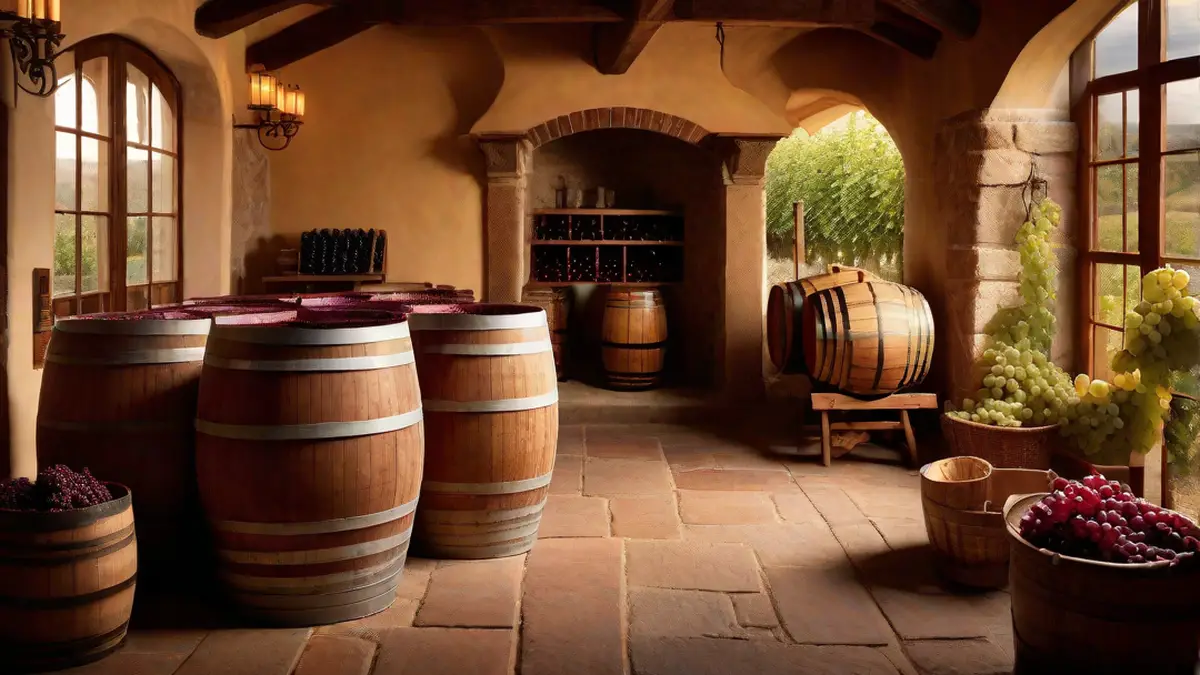Raised in a household passionate about wines, the craft of turning wine from simple grapes has always fascinated me. There’s a sort of enchantment to the process of converting ordinary grapes into a heavenly drink, using methods that have stood the test of time. In this piece, I am thrilled to divulge a few of my top wine making recipes that utilize grapes. Join me as we explore the enchanting journey from the grapevine to the wine cellar, embarking on the creation of your own outstanding wines.
The Grapes
To kickstart the wine making journey, the first crucial step is selecting the right grapes. For red wines, varieties like Cabernet Sauvignon, Merlot, or Pinot Noir are popular choices. For white wines, Chardonnay, Riesling, or Sauvignon Blanc grapes work wonders. It’s important to ensure that the grapes are ripe, flavorful, and free from spoilage.
Grape Crushing
Once you have your chosen grapes, the next step is grape crushing. Traditionally, this was done by foot stomping, but modern methods involve machines to gently crush the grapes and release their juices. I prefer the traditional method for its rustic charm and the connection it provides to the age-old art of winemaking.
Fermentation Process
The crushed grapes are then transferred to fermentation vessels. This is where the magic happens as yeast interacts with the natural sugars in the grapes to produce alcohol. The temperature and duration of fermentation are pivotal in determining the wine’s flavor profile. I always pay close attention to this stage, as it sets the foundation for the wine’s character.
Pressing
After fermentation, it’s time to press the grape skins and seeds to extract every last drop of precious liquid. This is a labor-intensive yet rewarding process that separates the wine from the solid matter. The resulting liquid, known as “must,” marks a significant phase in the wine’s evolution.
Aging
Now comes the patience-testing period of aging the wine. Whether in stainless steel tanks or oak barrels, the wine matures and develops complexity over time. The choice of vessel imparts unique characteristics to the wine. I love experimenting with different aging methods to see how they influence the final product.
Bottling
Finally, after the wine has matured to perfection, it’s ready for bottling. This is a moment of pride and satisfaction, as each bottle represents the culmination of meticulous effort and artistry. From selecting the right bottles to labeling them, every detail adds to the allure of the finished product.
Conclusion
Crafting wine from grapes is truly a labor of love. Each step in the process demands attention to detail, patience, and a deep appreciation for the craft. The joy of savoring a glass of homemade wine that I’ve nurtured from grape to glass is unparalleled. I hope this article inspires you to embark on your own wine making journey and savor the fruits of your labor.
